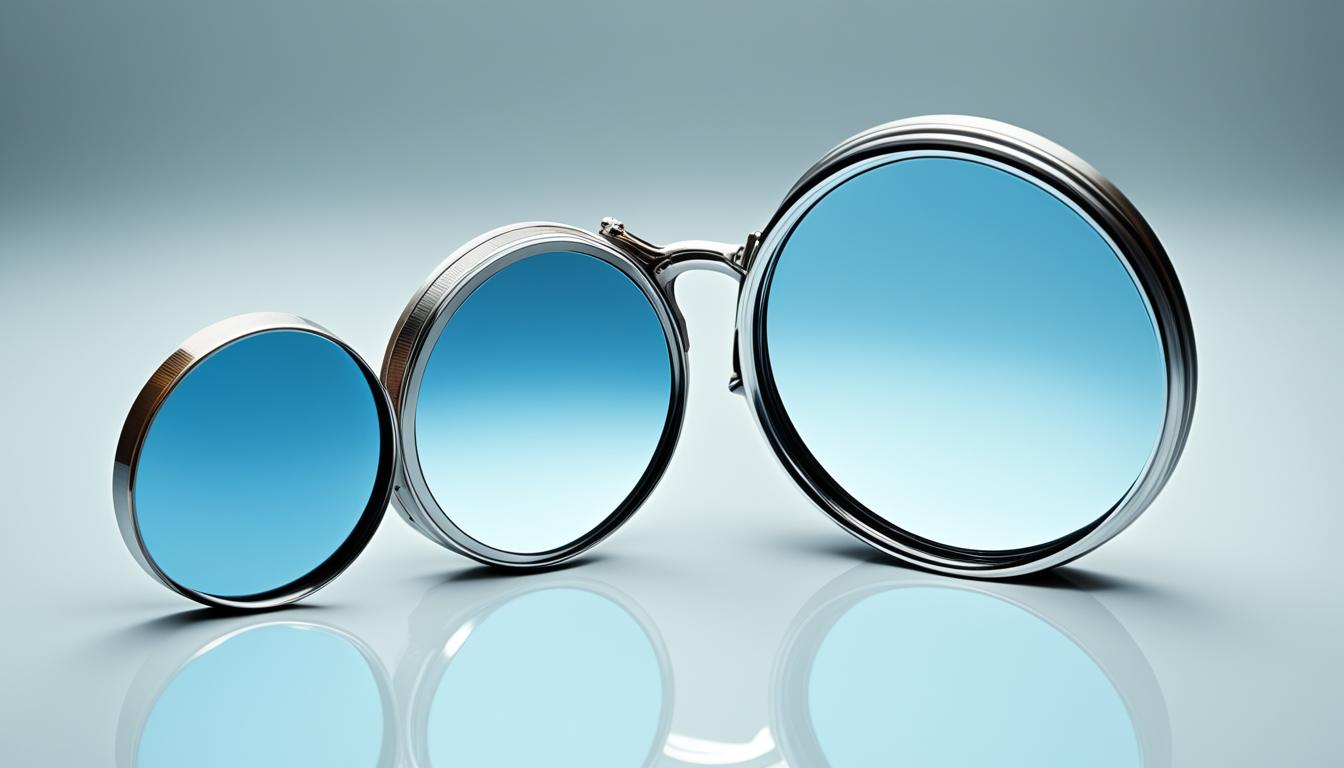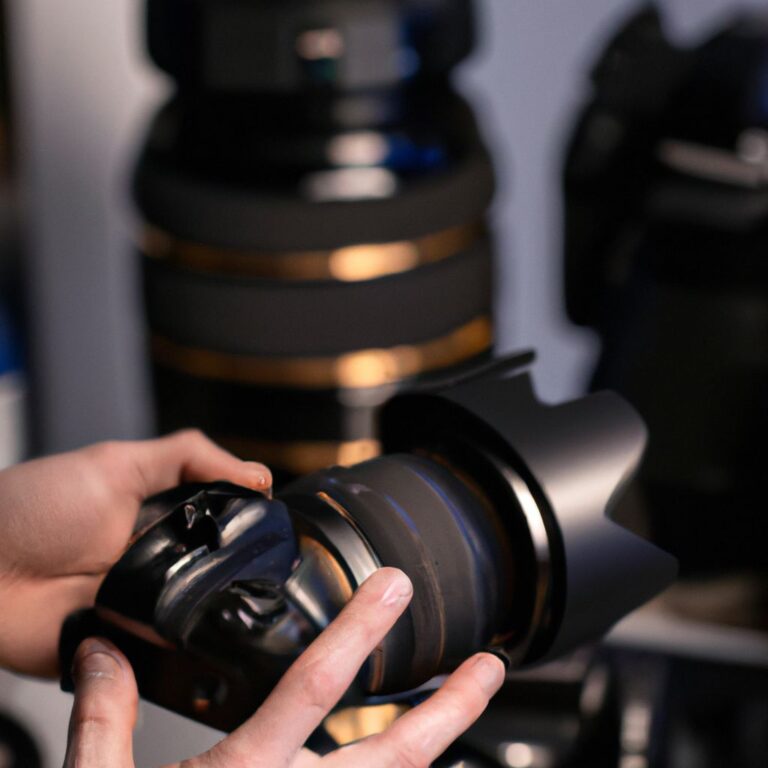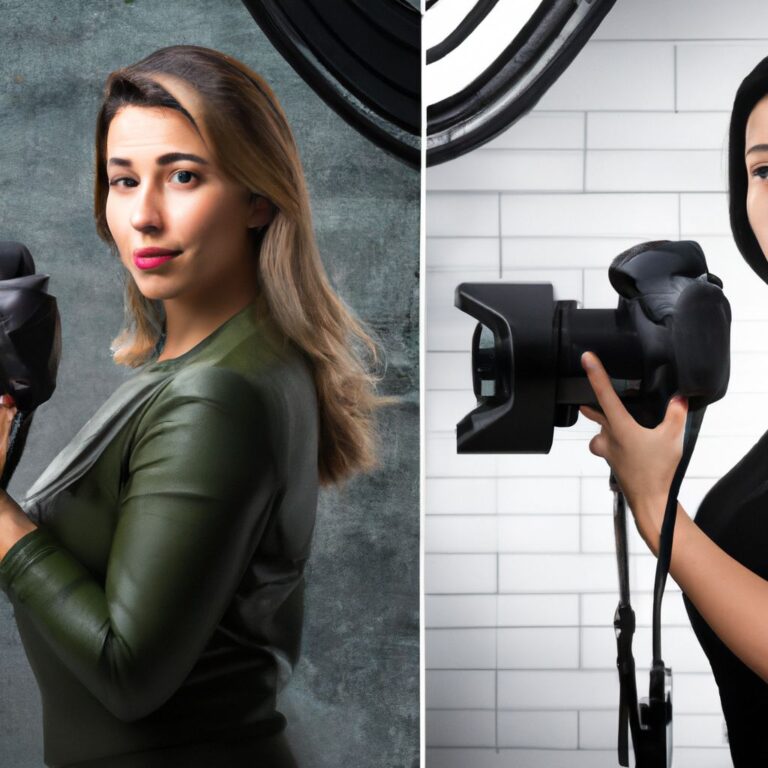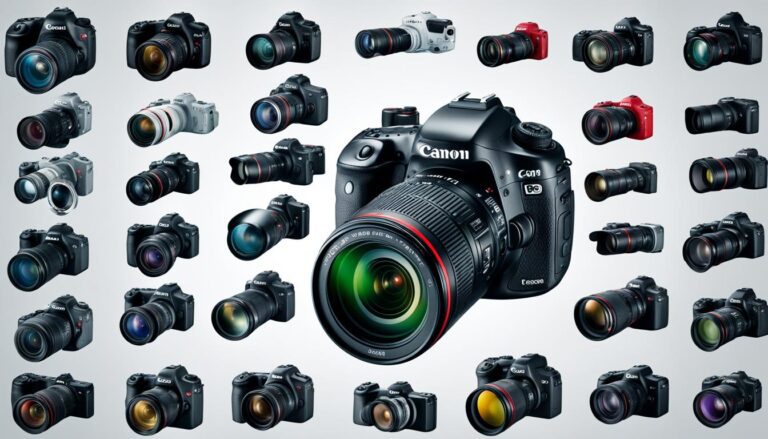are cameras or mirrors more accurate
The question of whether cameras or mirrors provide a more accurate portrayal of our appearance has long sparked debates and discussions. We rely on mirrors to reflect light and create reversed images of ourselves, which we perceive as more familiar and attractive. However, mirrors can also have subtle distortions, such as “skinny mirrors,” that alter our reflection to make us appear slimmer. On the other hand, cameras capture images through lenses, taking into account factors like lighting and angles that can affect the accuracy of the final picture. So, which of these reflections is truly reliable?
By examining the unique perspectives of both cameras and mirrors, we can gain a deeper understanding of their roles in our self-perception and the accuracy of their portrayals. Let’s delve into the intricacies of these two mediums and unravel the truth behind the mirror-camera debate.
Key Takeaways:
- Mirrors create familiar reflections, but can also have distortions like “skinny mirrors.”
- Cameras capture images considering lighting, angles, and other factors, which can affect accuracy.
- Mirror images are more accurate for self-perception due to the mere exposure effect and familiarity.
- Camera images provide a more accurate representation of how others perceive us.
- Selfies offer a unique perspective, but their accuracy depends on various factors.
Mirror Images: A Familiar Reflection
Mirrors provide a familiar reflection by reflecting light and creating reversed images of ourselves. This familiarity with our mirror image plays a significant role in shaping our self-perception. The mere exposure effect explains that we tend to prefer our mirror image because we are so used to it.
However, it’s important to note that mirrors can have distortions, such as “skinny mirrors,” which subtly alter our reflection to make us appear slimmer. These factors contribute to the debate over the accuracy of mirror images in portraying our appearance.
The familiarity we have with our mirror image is deeply ingrained in our self-perception. Every morning, as we catch a glimpse of ourselves in the mirror, we are greeted by a reflection that we have become intimately acquainted with. This familiarity creates a sense of comfort and acceptance, molding our perception of our own appearance. We see ourselves as others see us, or at least, how we think they see us.
The mere exposure effect enhances this preference for our mirror image. According to this psychological phenomenon, repeated exposure to a particular stimulus increases our liking for it. In the case of mirrors, we are continually exposed to our reversed reflection, reinforcing our positive feelings towards it.
However, it is crucial to acknowledge that mirrors are not entirely accurate representations of our appearance. Mirrors can have distortions, like “skinny mirrors,” which subtly manipulate our reflection to create a more flattering image. While these distortions may boost our confidence momentarily, they can lead to unrealistic expectations and distort our perception of ourselves.
Analyzing Camera Images: A Different Perspective
When it comes to capturing images, cameras offer a different perspective compared to mirrors. Unlike mirrors that simply reflect light, cameras utilize lenses to focus light rays onto a camera sensor, processing them into a digital image.
Cameras take into account various factors such as perspectives, lighting conditions, and settings, which can impact the accuracy of the final image. These factors play a crucial role in determining how accurately a camera can portray a subject.
One important aspect to consider is the camera settings. Settings like ISO, aperture, and shutter speed can introduce distortions in photos, which can affect the accuracy of the resulting image. Each setting impacts the exposure, depth of field, and motion blur, influencing the visual representation captured by the camera.
Additionally, mobile phones are equipped with both front and back cameras, which often have different resolutions and lens qualities. These differences can impact the overall accuracy of the image captured. It’s essential to consider these factors when analyzing camera images.
By understanding the technical aspects and limitations of cameras, we can better evaluate the accuracy of the images they produce. With lenses, settings, and other factors involved, it becomes clear that camera images may not always provide a completely accurate representation of reality.
However, it is important to note that cameras offer their own unique perspective, considering various variables that can influence the image. This different perspective can provide valuable insights into how others may perceive us, taking into account environmental factors and technical nuances.
Distortions and Accuracy
Distortions can occur in camera images due to factors such as lens distortion, perspective distortion, or even image processing algorithms used by different camera models. These distortions can impact the accuracy of the image, but they can also be creatively used to achieve desired effects or artistic interpretations.
Despite these distortions, cameras have advanced significantly in recent years, allowing for high-quality images with impressive accuracy and detail. However, it’s essential to remember that no camera is perfect, and accurate representation can vary depending on the specific circumstances and equipment used.
Ultimately, analyzing camera images requires a comprehensive understanding of lenses, settings, distortions, and the limitations of the camera itself. By considering these factors, we can better appreciate the unique perspective that cameras offer in capturing our world.
Comparing Mirror and Camera Accuracy: A Balanced Perspective
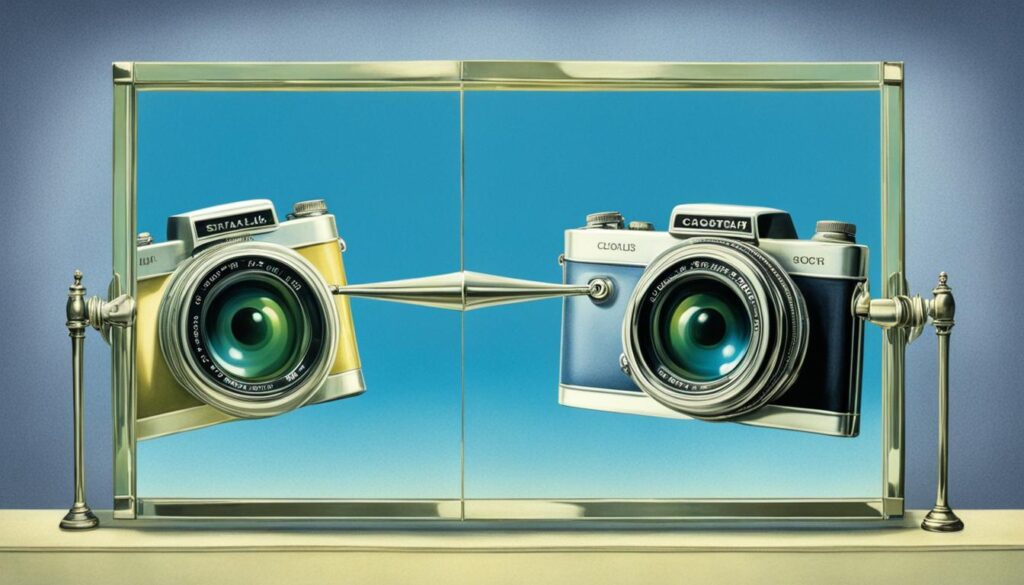
When it comes to understanding our appearance, both mirrors and cameras play essential roles. To fully comprehend the accuracy of mirror and camera images, we need to consider the unique perspectives they offer and the factors that influence them.
Mirror images: When we look at ourselves in a mirror, we experience a sense of familiarity. This familiarity is rooted in the mere exposure effect, which suggests that we tend to prefer things we are more accustomed to. Consequently, mirror images can provide a more accurate representation of our self-perception. However, it’s important to acknowledge that mirrors can have subtle distortions, such as “skinny mirrors,” which can alter our reflection and affect our self-perception.
Camera images: On the other hand, camera images provide a different perspective that aligns with how others perceive us. Cameras capture images using lenses, taking into account various factors like lighting, angles, and environmental conditions. These elements contribute to a more accurate portrayal of our appearance as seen by others. Nevertheless, it’s worth noting that the resolution and lens quality of a camera can also influence the accuracy of mirror or photo images.
By comparing mirror and camera accuracy, we recognize the balance between our self-perception and how others see us. Mirror images offer the advantage of familiarity and being more aligned with our personal perception of ourselves. Meanwhile, camera images take into account environmental factors, giving us an understanding of how we are perceived by others.
In conclusion, the accuracy of mirror and camera images depends on various factors, including self-perception and how others perceive us. Each perspective contributes valuable insights into our appearance. Embracing a balanced perspective allows us to appreciate the uniqueness of both mirrors and cameras in portraying our true selves.
Selfies: A Unique Perspective
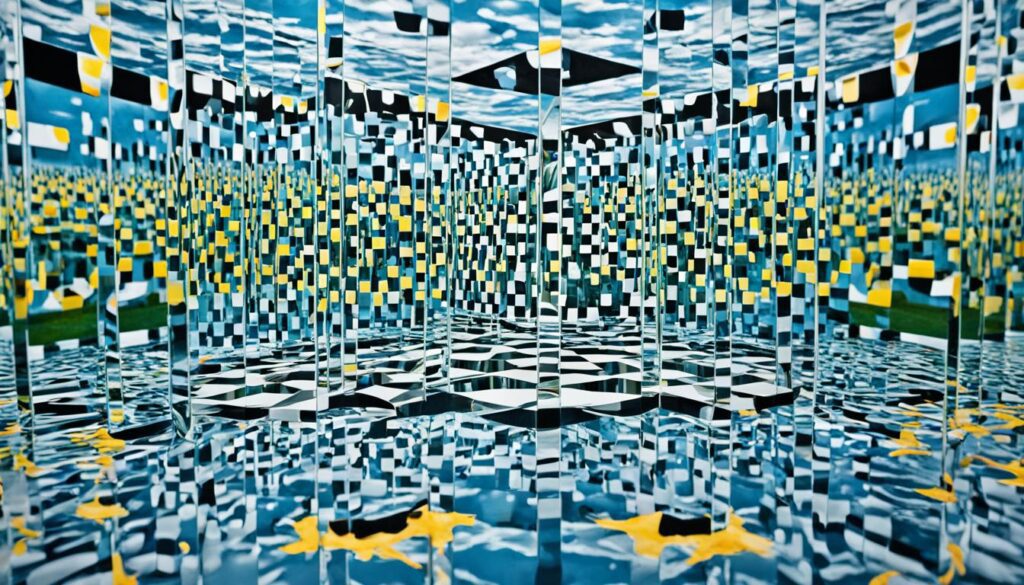
Selfies allow us to capture images of ourselves in various environments and situations, providing a unique perspective on our appearance. Whether it’s a candid shot or a carefully posed picture, selfies have become a popular way to document our lives and express ourselves.
However, it’s important to note that selfies can sometimes be distorted due to angles, filters, and camera quality. The way we hold the camera or the angle at which we position ourselves can alter the way we look in a selfie. Additionally, filters and editing tools can further modify our appearance, making it challenging to achieve an accurate representation.
But there’s good news! Mirror selfies taken using the back camera of smartphones can offer a more accurate reflection of our appearance. By using the mirror as a reference point, we can capture a clearer image that closely resembles how we look in reality.
It’s worth mentioning that even mirror selfies can still be affected by distortions and factors that impact camera images. Lighting conditions, the quality of the camera, and other external variables can introduce slight variations to the image, compromising its accuracy.
To ensure more accurate selfies that truly reflect our appearance, it’s essential to consider the following factors:
- Position yourself in front of a well-lit mirror to minimize shadows and enhance clarity.
- Avoid extreme angles that can distort facial features and proportions.
- Be aware of the camera’s quality and settings, as they can impact the overall image.
By taking these factors into account, we can increase the likelihood of capturing selfies that provide a more accurate representation of our appearance.
Conclusion
In conclusion, the debate between cameras and mirrors regarding their accuracy in portraying our appearance brings to light the different perspectives they offer. Mirror images tend to be more accurate for self-perception, thanks to the mere exposure effect and our familiarity with them. We feel more comfortable and attractive when viewing ourselves in the mirror. However, it’s essential to recognize that mirrors can also have distortions, like “skinny mirrors,” which can alter our reflection and skew our self-perception.
On the other hand, camera images provide a more accurate representation of how others perceive us. Cameras capture images based on various factors like lighting, angles, and settings. They consider environmental factors that mirrors do not account for, enabling a more realistic portrayal of our appearance to others. However, camera images can still have distortions due to lens quality, resolution, and other technical factors, which may impact their accuracy.
Selfies, a popular trend in capturing self-images, offer a unique perspective on our appearance. While mirror selfies taken with the back camera of smartphones can be more accurate, there are still potential distortions such as angles and filters that can affect the final image. It’s crucial to be aware of these factors when striving for more accurate representations of our appearance.
Understanding the different roles and limitations of mirrors, cameras, and selfies can help us navigate the complexities of self-perception and how others see us. By considering these factors, we can make more informed decisions about our self-image and work towards achieving a balanced and authentic representation of ourselves.
